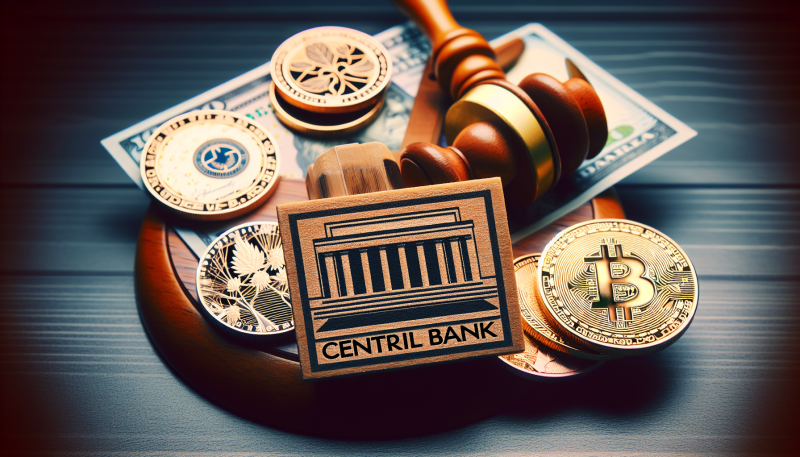What happened?
The Russian Central Bank has introduced new crypto regulations that could potentially ban the trading of Tether (USDT) and other USD-pegged stablecoins in Russia. These rules are part of the bank’s crypto sandbox initiative, aimed at allowing limited crypto use for international trade under strict conditions. The regulations specify that only coins not related to “hostile” securities or those with the risk of being blocked by issuers will be permitted.
Who does this affect?
This move affects investors and businesses in Russia involved in cryptocurrency trading, particularly those dealing with USDT and similar stablecoins. It also impacts international companies looking to engage in cross-border transactions with Russian firms using stablecoins. The restrictions do not apply to the use of stablecoins for settlements in international trade, which remains permitted under the new rules.
Why does this matter?
The potential restriction on USDT and other stablecoins in Russia could significantly impact the market by reducing liquidity and trading volume within the region. Investors might experience decreased access to popular stablecoins, affecting their ability to manage exposure to crypto markets. This regulatory shift may also prompt Russian investors and businesses to explore alternative cryptocurrencies or seek jurisdictions with more favorable crypto regulations for trading activities.
